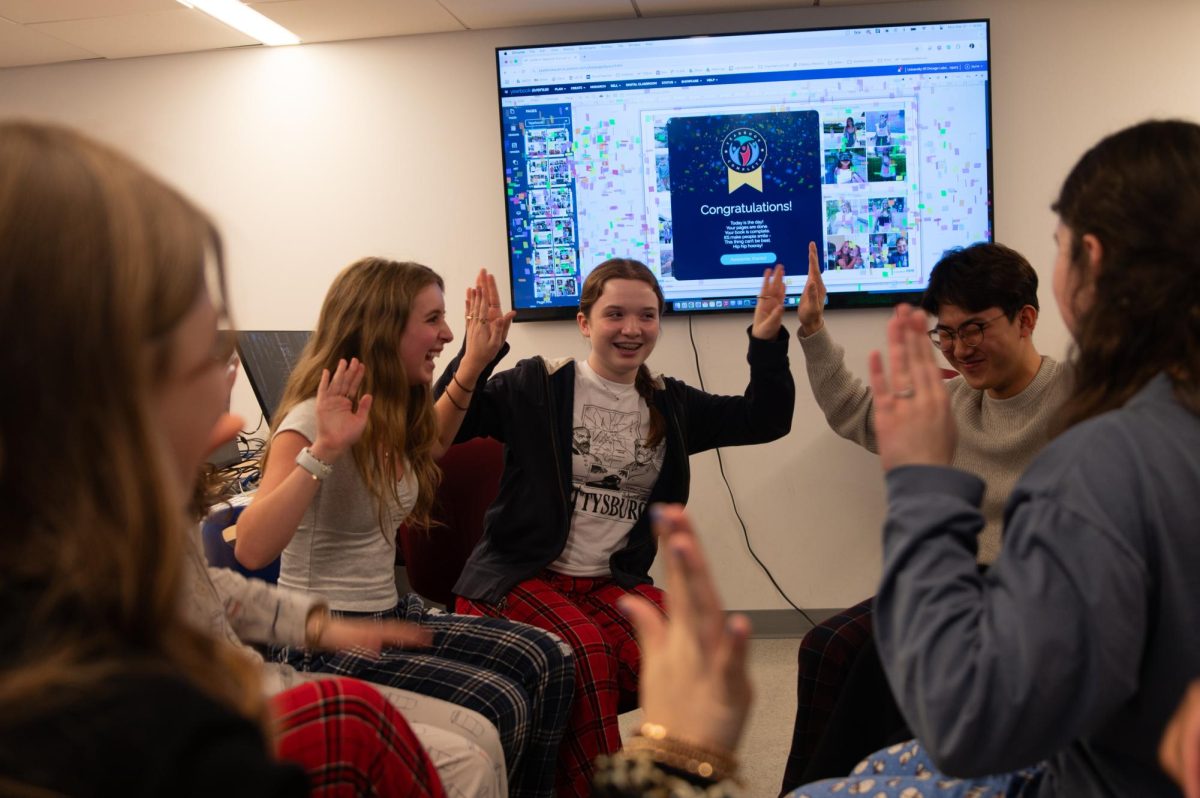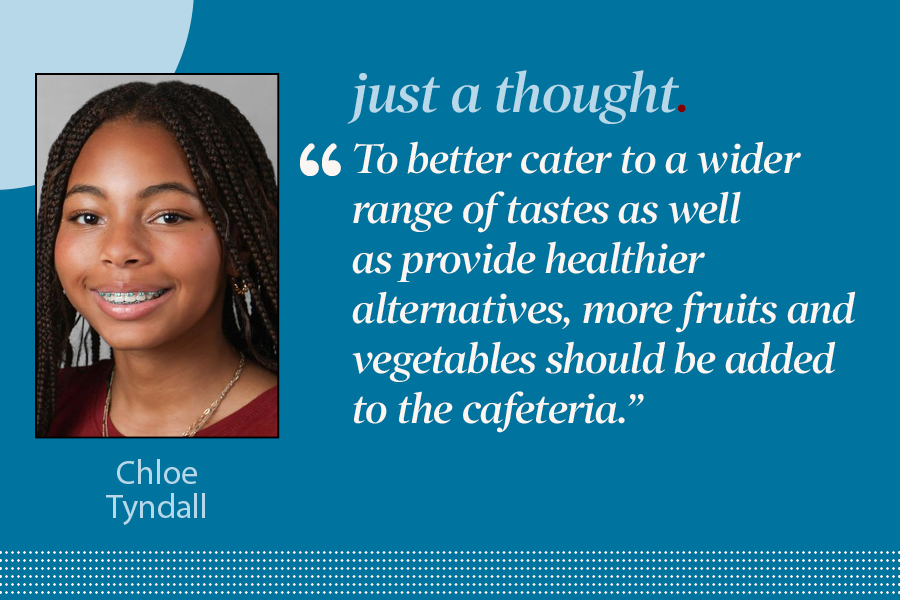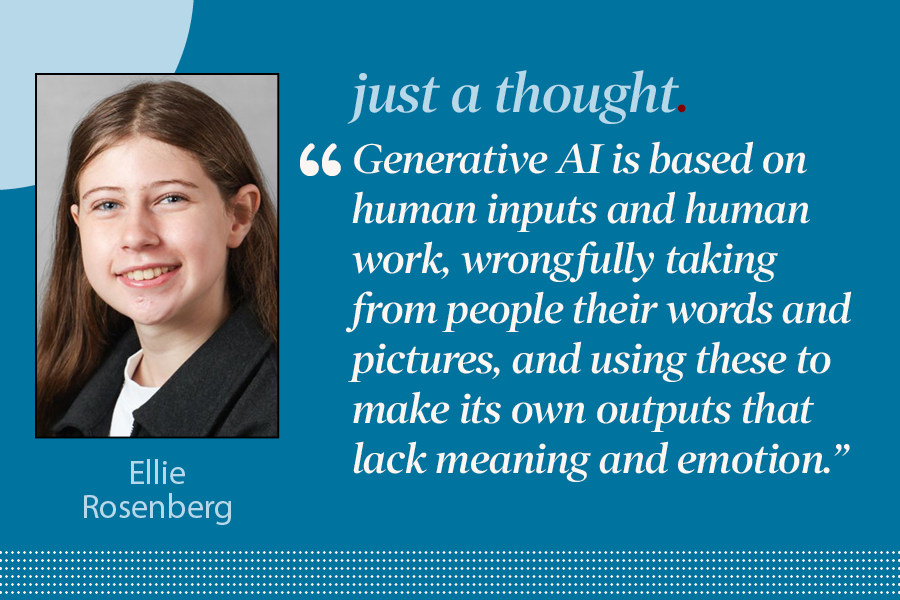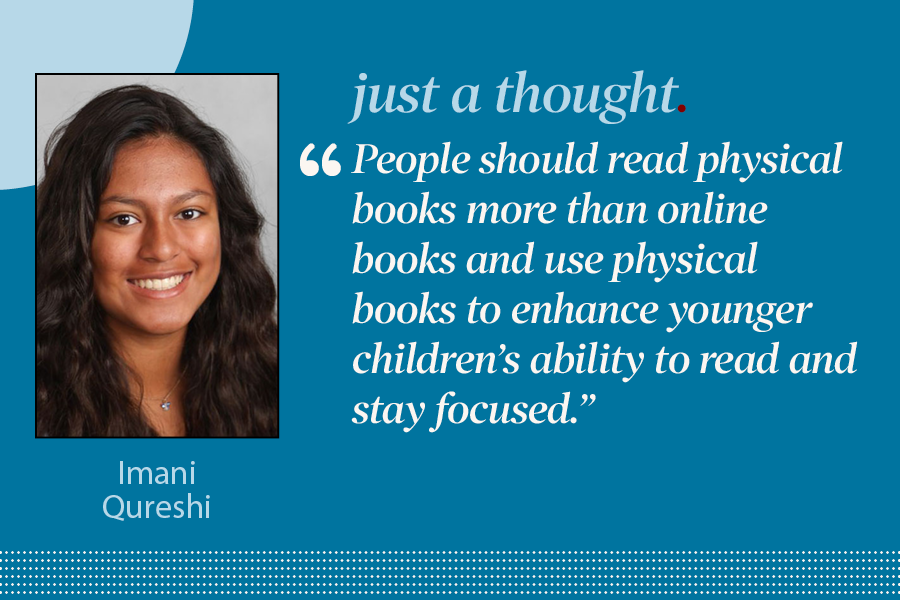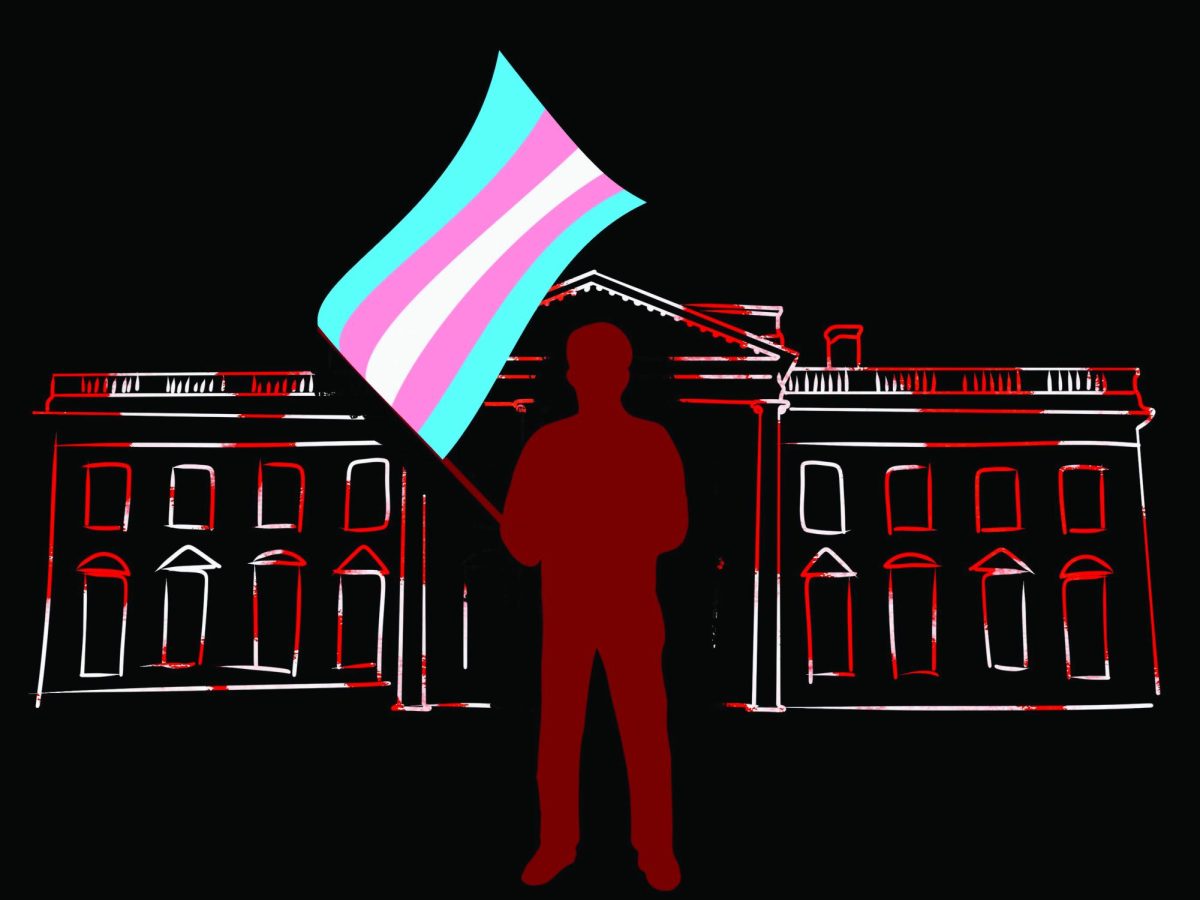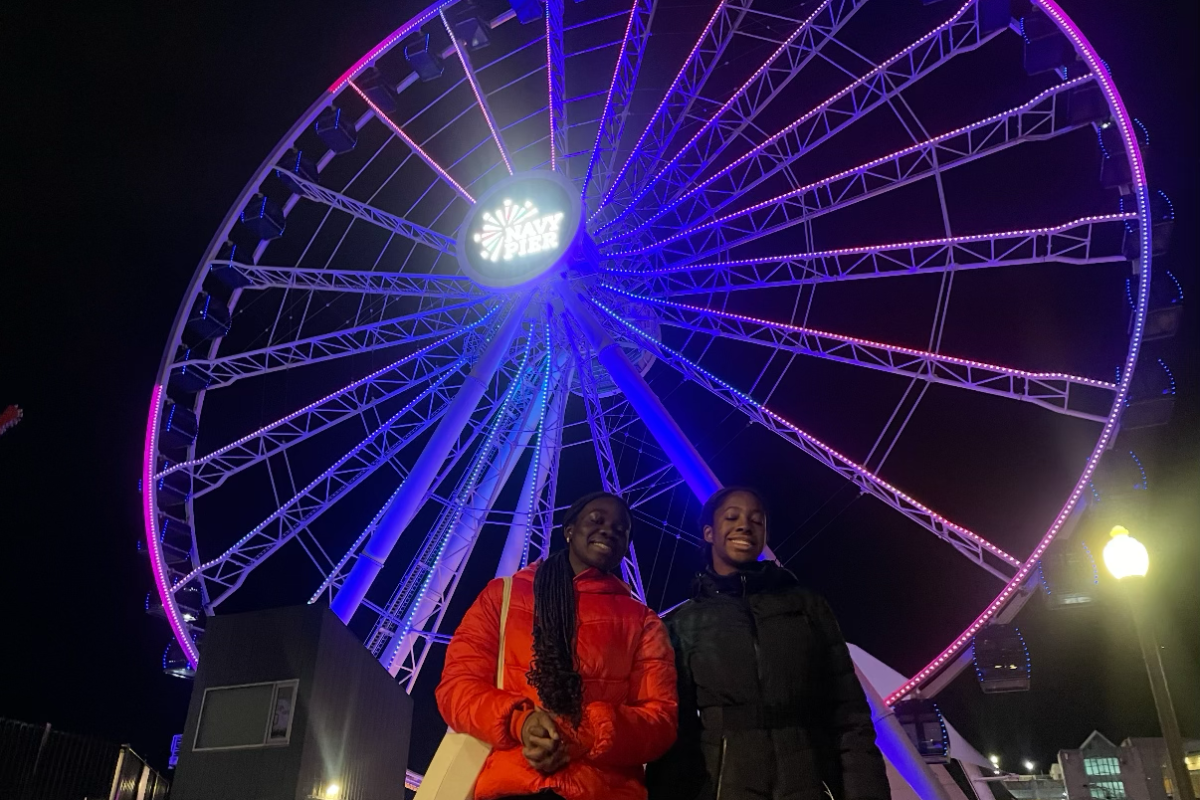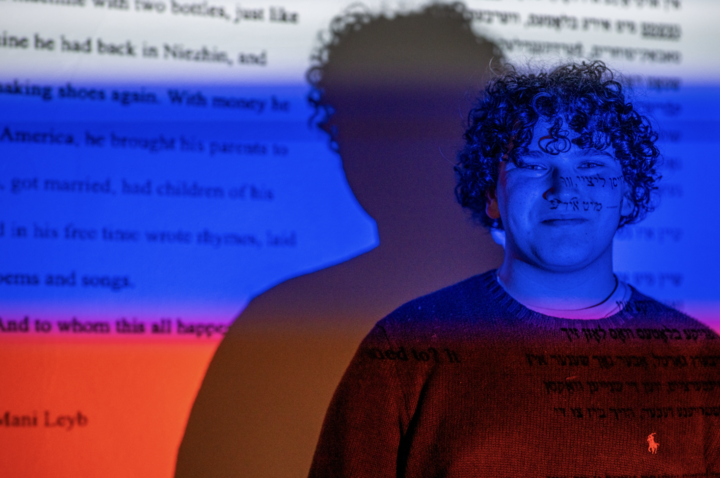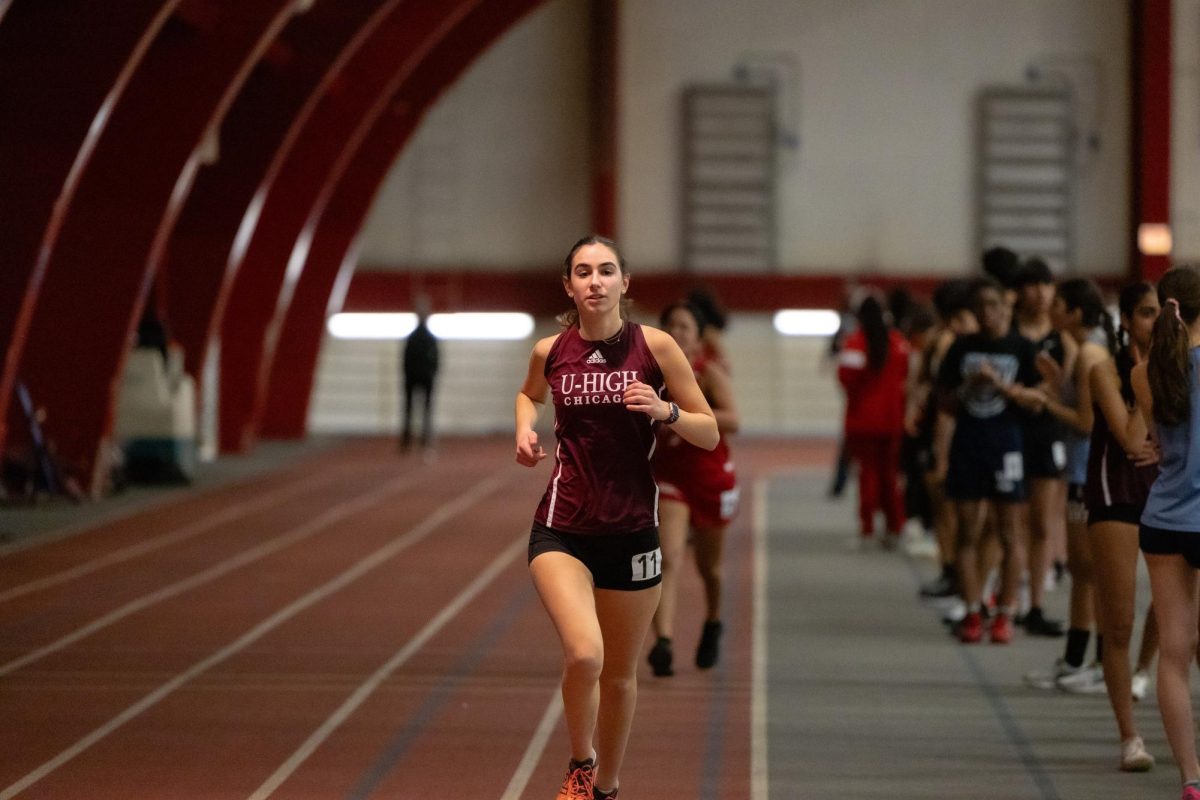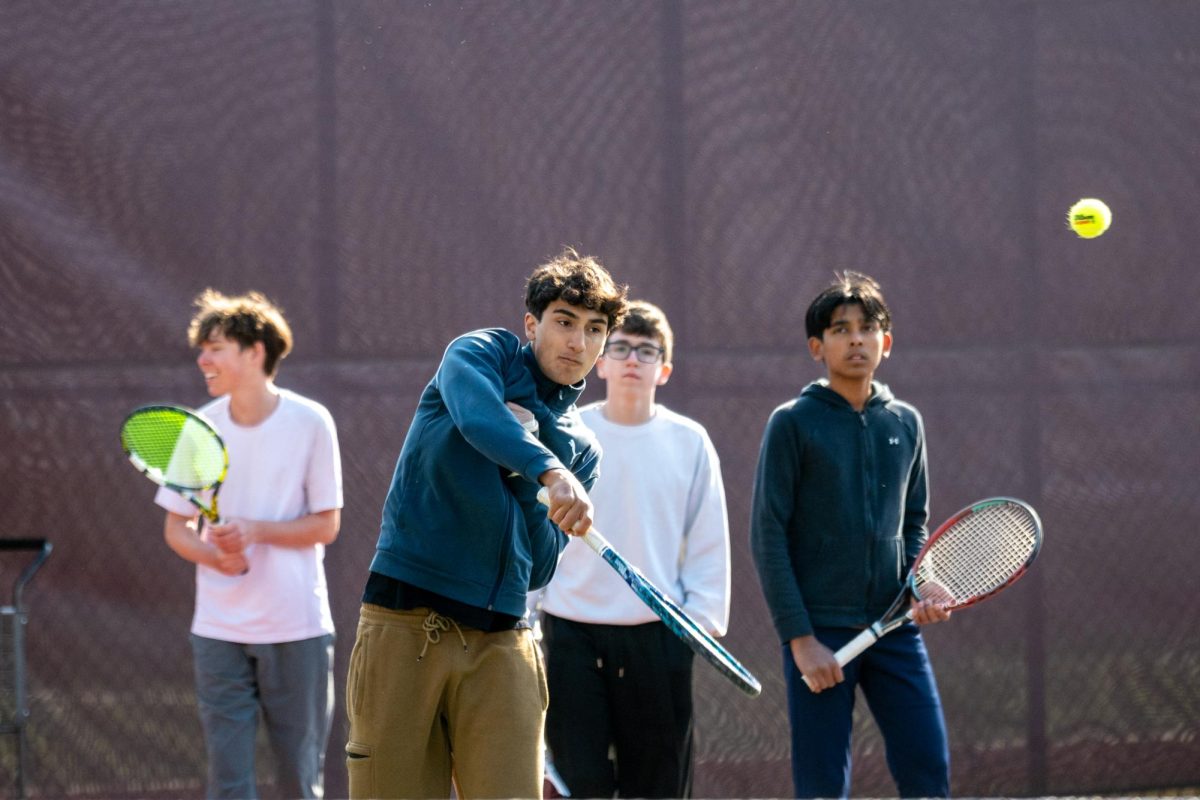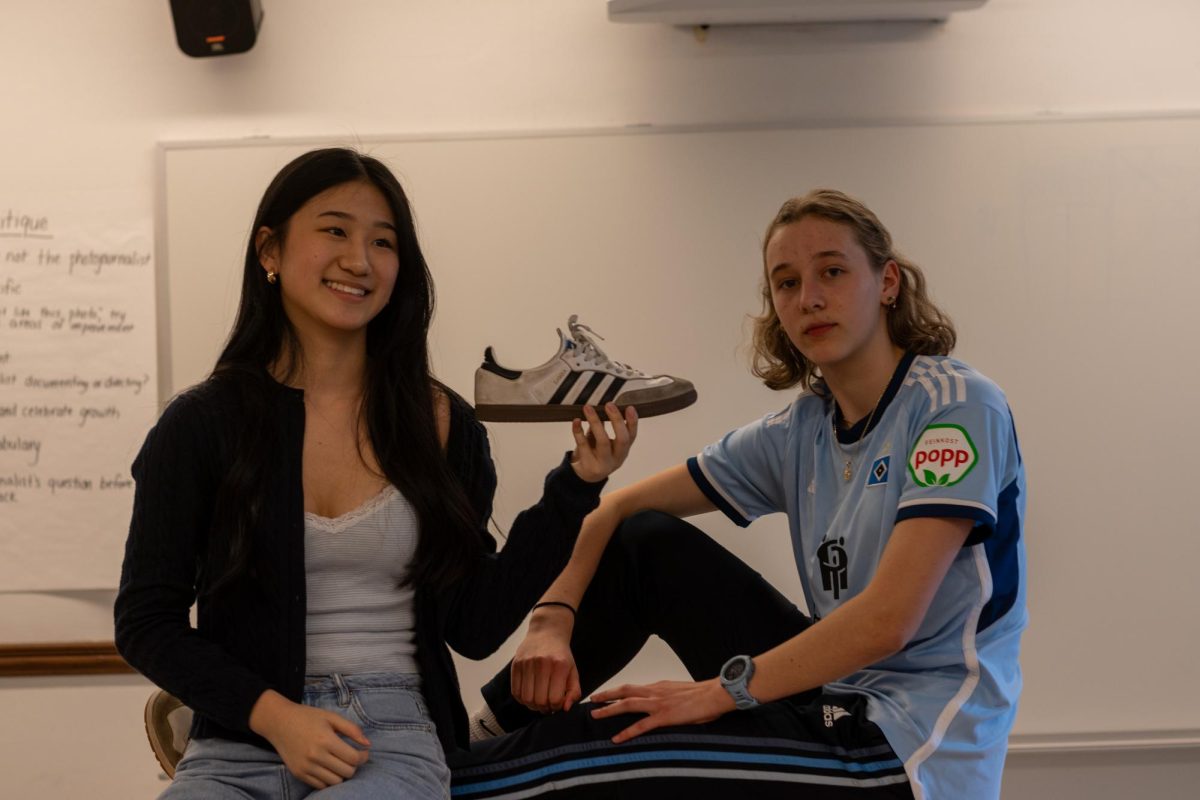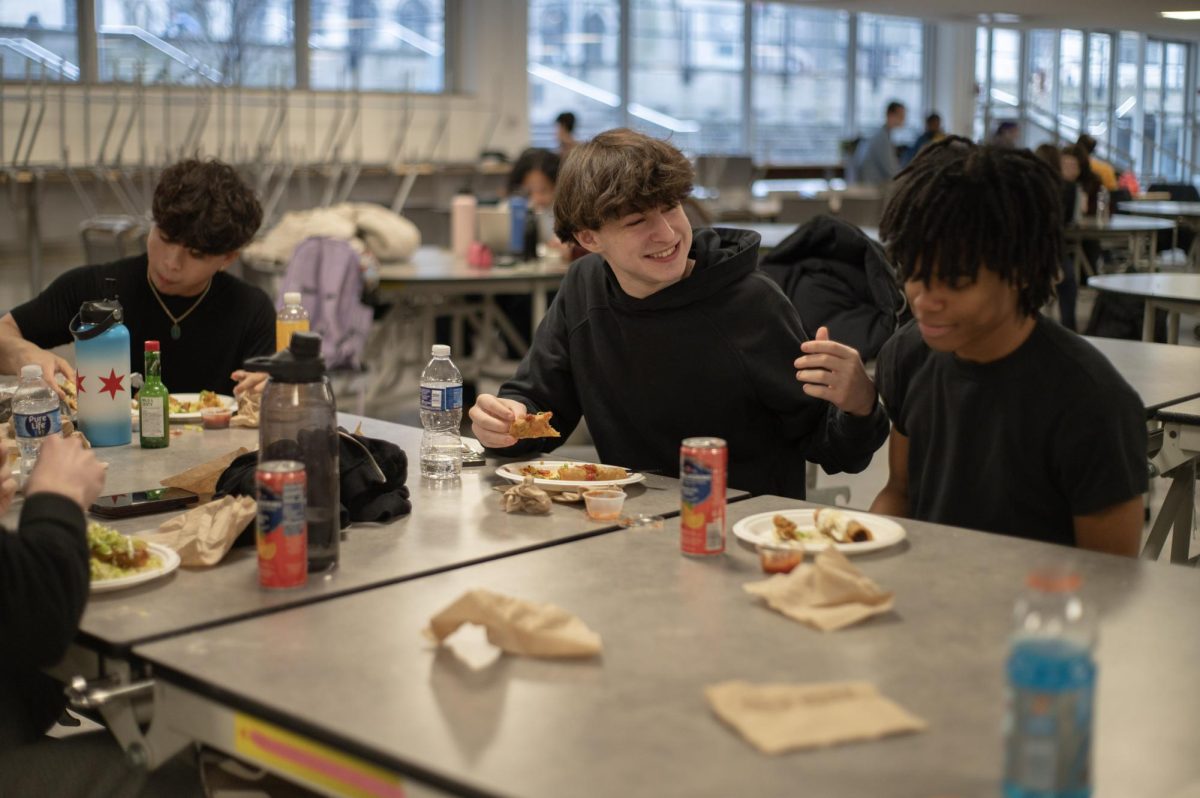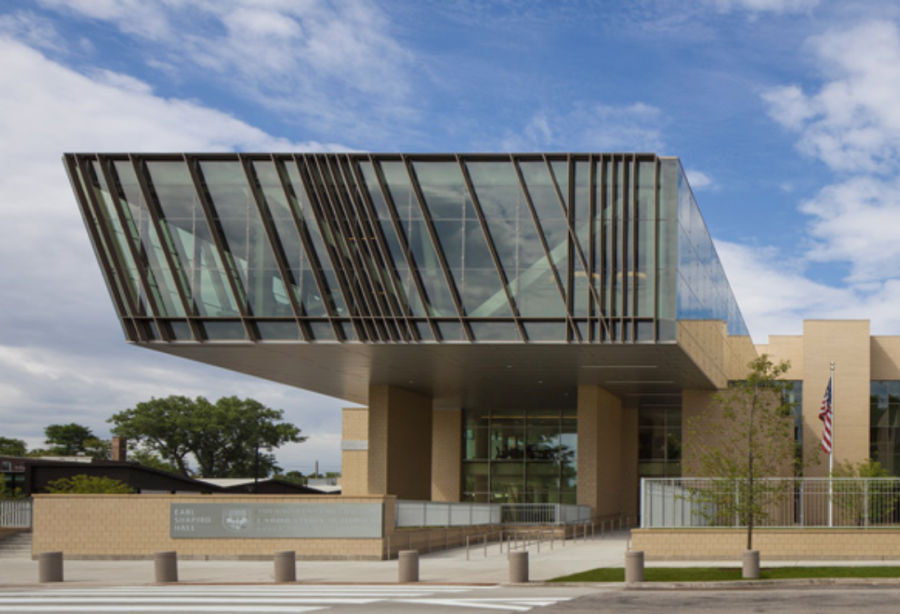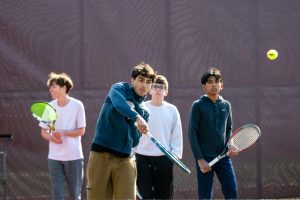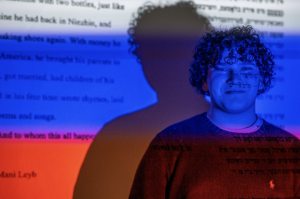Younger students adapt to changes during in-person classes, but challenges remain
University of Chicago Facilities Services
While U-High remains in distance learning, students from nursery to second grade continue with in-person instruction.
November 17, 2020
Voices and laughter can still be heard from U-High’s classrooms — not from high school students studying geometry and Shakespeare, but from the school’s youngest students still learning their shapes and letters. Because students in nursery through second grade learn best from being with one another, they have found some normalcy by being at school.
Although school looks different, teachers and students have adapted to provide the necessary in-person experience, but colder weather and a growing number of new COVID-19 cases in the city and region present new challenges on the horizon.
According to Sarah Abella, N-2 assistant principal, five sections per grade meet in person, and one section remains as distance learning. Each section has two cohorts of 12 kids to limit exposure and comply with guidelines for social distancing. Students remain under the supervision of a head teacher, assistant teacher and family life support assistant.
Ms. Abella said distance learning was not an option for nursery students.
“It turns out that Zoom was not really good for nursery school kids,” Ms. Abella said.
Kindergarten teacher Lisa Kuzel stressed the importance of in-person school for younger children as skills such as forming and writing letters require in-person experiences.
“So much of early childhood is that social emotional development, which you can’t really duplicate on a screen,” Ms. Kuzel said. “You can’t duplicate social interactions, playing and learning by doing.”
Students occupy classrooms across both Earl Shapiro Hall and the historic campus.
“The first and second graders are in, say, the seventh grade humanities room. They’re in the high school English rooms,” Ms. Abella said. “It’s funny because rooms you really think of as having big kids are suddenly filled with little kids.”
First grade teacher Maia Golley also noted the classroom looks different from previous years, with individual desks that are not typical for a first grade classroom.
“It’s less cozy. It’s less — kids leaning over things together, talking at lunch and snack,” Ms. Golley said. “It looks a little sterile sometimes or old fashioned with kids in rows and desks.”
Parents are expected to check their child for symptoms and submit a Google form every morning before they arrive at school. Another big change has been that parents are no longer allowed to come inside the building with their kids, Ms. Abella said.
“The kids come in, and other than the fact that there is less of them in a classroom and that they’re masked, for the most part, school feels like school,” Ms. Abella said. “They wash their hands first, of course, then they just build with blocks and play with Legos and all the things that kids do.”
Ms. Abella said classes have been spending a lot of time outdoors, especially because the different sections in each grade are allowed to meet.
“While the weather is warm, we’ve been trying to do a lot of our learning outdoors,” Ms. Golley said. “We’re still trying to figure out what to do now that the weather is turning cold. We’ll probably have to move indoors and do a lot of things more separately.”
Ms. Abella said that despite administrators’ worries, all of the kids have been adaptive.
“There were all these questions at first, but the kids really just rolled with it,” Ms. Abella said.
In-person school has not been without challenges. According to Ms. Abella, one first grade class had to quarantine and return to distance learning.
Kindergarten teacher Tom Boyle’s class has also had to quarantine.
“This has been the most acute challenge that we’ve faced as a class,” said Mr. Boyle. “But I think outside of this quarantine, there is a bigger challenge that we are facing, which is the pandemic itself, and the stress involved in being at work and being exposed to people.”
Ms. Abella also mentioned the extra work for teachers, who are responsible for both safety and teaching. It has also been difficult teaching with so many uncertainties in the world, Ms. Golley said.
“There’s a lot going on in the outer world that we want to address here,” Ms. Golley said. “We’re just trying to find a way to maintain routine and structure and happiness, with the world outside being so full of uncertainty and challenges and stress.”
Ms. Abella said it may be easier to organize safe classrooms for the younger kids than for U-High.
“What defines U-High, in part, is the fact that you have all these different options,” Ms. Abella said. “But that means you can’t keep kids in the same pod all day. We couldn’t run the high school program and keep everyone safe, but we could run the little kid program.”
U-High’s many classes will make it difficult to allow students back on campus, but the successes of in-person school for the younger students may provide some hope.
“We’ve got the kind of whole systematic routines of the cleaning and those safety protocols down,” Ms. Kuzel said. “The kids are getting used to the flow of the day and the expectations and kindergarten things like that. My takeaway is that it can work, and we’re thrilled that it is working.”

